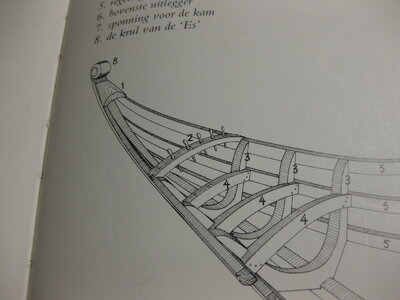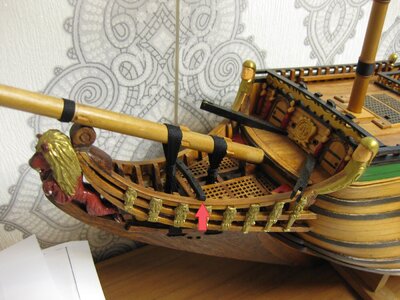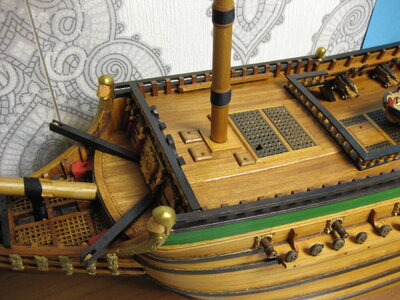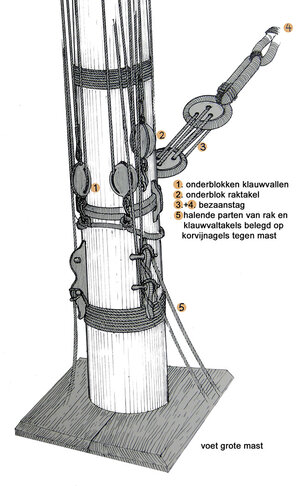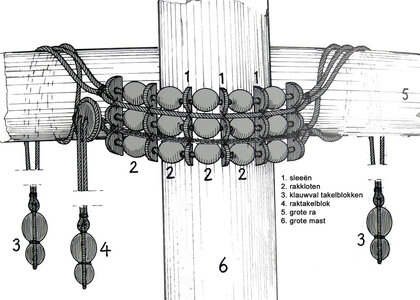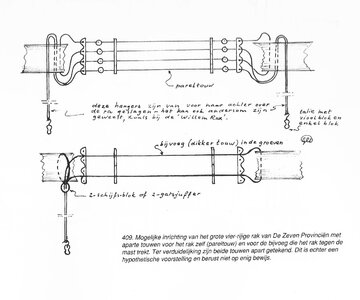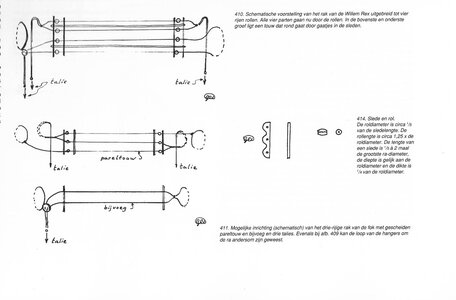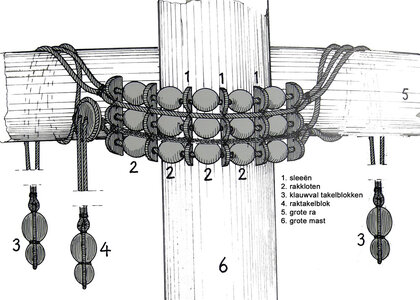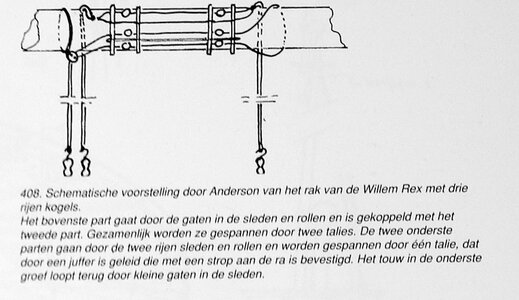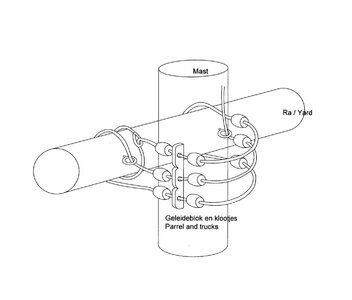- Joined
- Aug 8, 2019
- Messages
- 5,546
- Points
- 738

Thanks Ab, that makes sence, in all the years things could be changed. Corel didn"t install the belaying pin arch on their model, like the model in the museum.Select your sources carefully.
Yesterday I study the chapter about the bowsprit in the book Anderson. Took me the whole day to understand and find out how things are installed. But I understand a lot of it now.
I think Anderson is a good source to follow. Even the model in the Rijksmuseum. Keeping in mind you say about changes in years.
The arch is already installed on my model. Just let it be there, for a while and see if it is necessary or not.
The model in Friesland looks good but I will not use it as source.




